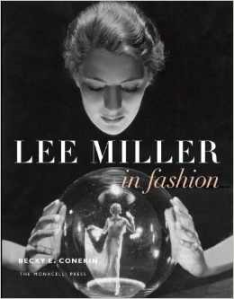Oh boy, I am super excited about this: On Thursday, May 15th at 6pm Linda Przybszewski will be at Book Passage in the San Francisco Ferry Building reading from and signing her new book, The Lost Art of Dress: The Women Who Once Made America Stylish (Basic Books; 2014).
Ms. Przybyszewski is a professor of history at the University of Notre Dame as well as an author and accomplished seamstress. In The Lost Art of Dress she discusses what she calls the Dress Doctors, women in the first half of the twentieth century who taught young girls and women how to dress well. In Home Economics classes and women’s clubs, in magazines and on the radio, The Dress Doctors, armed with basic fashion knowledge and some serious sewing skills, imparted their wisdom on what was appropriate attire for home, school, work, daytime and evening. Ms. Przybyszewski says:
Today, Americans are known for their sloppy dressing, but it was not always so. An Englishwoman who came to the States after WWII marveled at ‘the inherent good taste’ of the American woman. But American women weren’t born with good taste. They learned it from the Dress Doctors. And we can learn it again.
I’ve just started reading this fascinating book (review coming soon) and I’m really looking forward to hearing what Ms. Przybyszewski has to say in person. Local readers, join me on Thursday, May 15th, 6pm at Book Passage, in the San Francisco Ferry building.
In the meantime, check out Ms. Przybyszewski’s blog: http://professorpski.tumblr.com/
.











